Chronic lower back pain is defined as pain in the back that has persisted for three months or more, or for six months or longer. This condition can affect a wide range of people, from young children to the elderly, and its causes and conditions vary.
Chronic lower back pain can be categorized into two types: one where there is no physical abnormality in the back but pain continues, and the other where pain persists even after the abnormality has been treated. It also includes cases where the pain fluctuates between improvement and worsening. The intensity of the pain can vary, with some people experiencing severe pain.
According to the 2004 National Lifestyle Survey, back pain was reported as the most common symptom for men and the second most common for women, showing that a large portion of the Japanese population suffers from back pain.
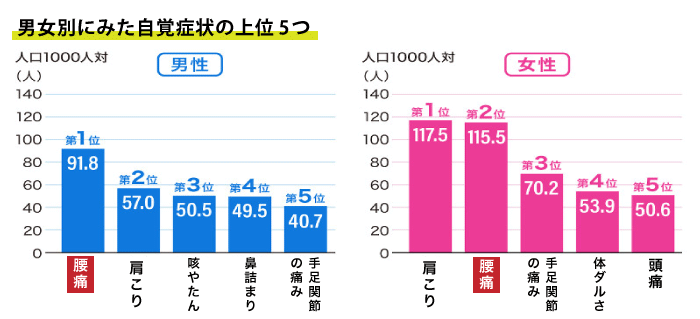
Most cases of chronic lower back pain are categorized as muscle and fascia pain (muscular back pain), and if not treated properly, the pain may recur repeatedly. This condition is often caused by posture, muscle fatigue, and a decrease in muscle strength and flexibility. The pain tends to be uncomfortable, with sensations of heaviness, tightness, and stiffness, rather than sharp pain.
The causes of lower back pain can be broadly categorized into those originating from the back (spine) and those from other areas.
These include congenital abnormalities, scoliosis, spondylolysis, deforming spinal diseases, herniated discs, spinal stenosis, degenerative spondylolisthesis, spinal fractures or dislocations, infections such as spinal tuberculosis or suppurative spondylitis, and tumors such as metastatic cancer.
Conditions such as aortic dissection (vascular diseases), kidney stones (urinary tract issues), uterine fibroids or endometriosis (gynecological diseases), gallbladder inflammation or duodenal ulcers (digestive diseases), and hip osteoarthritis (orthopedic diseases unrelated to the back) can also lead to lower back pain. Additionally, psychological causes such as somatization disorders, schizophrenia, or stress can contribute to back pain.
Among these, the most representative cause, muscle and fascia pain, can be divided into three major types:
This type of back pain occurs when shortened muscles, such as the glutes and hamstrings, restrict the anterior pelvic tilt during forward bending motions, which exacerbates the pain. Common complaints include “pain when putting on socks” and “pain when sitting down.”
Shortened or over-tightened hip flexors such as the iliopsoas and tensor fasciae latae lead to increased pelvic tilt and lumbar lordosis when extending the torso, worsening the pain. A common complaint for this type is “pain when standing up from a chair.”
This type of back pain is exacerbated during trunk rotation. It is often caused by insufficient abdominal muscle tension, which increases the anterior pelvic tilt during rotation, adding stress to the lumbar spine. It is common in sports that require frequent rotational movements, such as baseball or tennis.
One way to distinguish the type of back pain is by considering which movements aggravate the pain. For example, if pain increases when rotating the lower back, it may be categorized as rotation-type back pain. However, the issue is often not just the back itself. It’s important to consider whether the flexibility of the glutes and hip joint mobility are maintained, whether core strength is adequate, and how daily posture and lifestyle impact the condition.
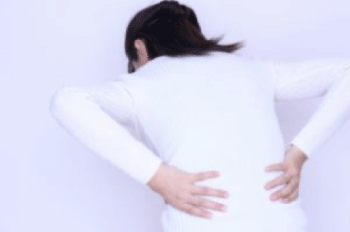
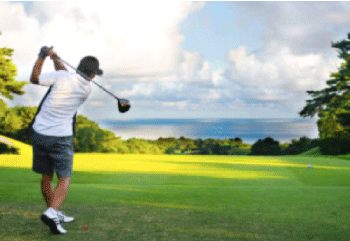
Aside from rotation-type back pain, the typical characteristics of muscle and fascia-related back pain include issues caused by posture, muscle fatigue, and reduced muscle strength or flexibility.
Conservative Treatments: ① Rest (including corset use) ② Medication (pain relievers and anti-inflammatory drugs) ③ Physical Therapy (acupuncture and exercise)
Surgical Treatment: ① Surgery (may vary depending on the cause)
Improvement of local blood circulation and relief of muscle spasms
Treatment focuses on areas with tenderness and hard nodules.
[Example of Prescription] Spleen Shu, Stomach Shu, Kidney Shu, Zhishi, Large Intestine Shu
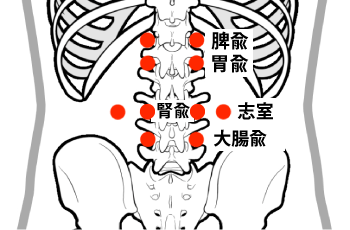
Depending on the condition, treatment options may involve either conservative therapy (recovering without surgery) or surgical intervention. Here, we will focus on the conservative therapy options provided by our clinic.

Using 2D ultrasound allows for more accurate approaches to treatment.

Treatment Method: Subcutaneous 3cm deep needling to trigger muscle blood flow improvement, leading to recovery from fatigue, increased flexibility, and easier breathing.
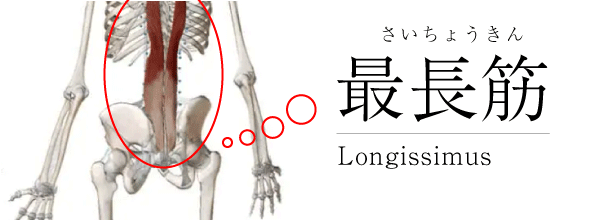
The main function of the longest muscle is to protect the spinal nerves and support the spine.
It also works with other muscles like the chest and spinal muscles to support core strength and assist in movements like extending, bending sideways, and rotating the body.
Our clinic’s breakthrough treatment, “Ultrasound Acupuncture,” is highly effective for treating lower back pain.
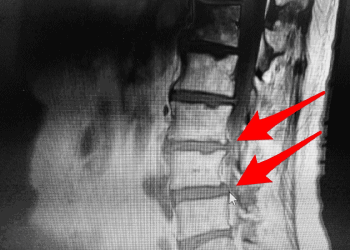
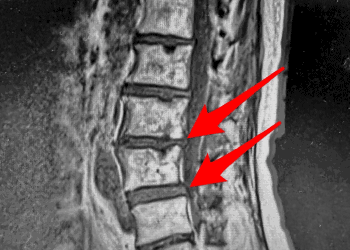
MRI taken at affiliated medical facilities…
© Copyright (C) All Rights Reserved..